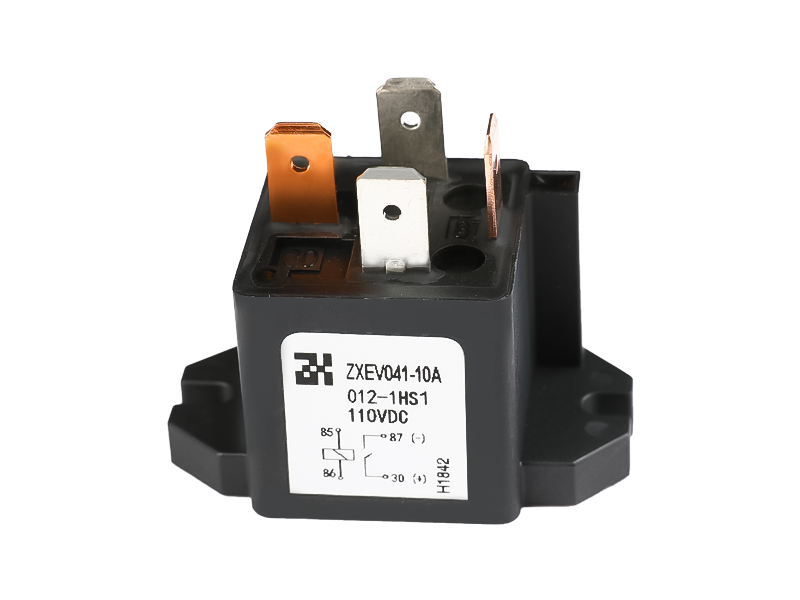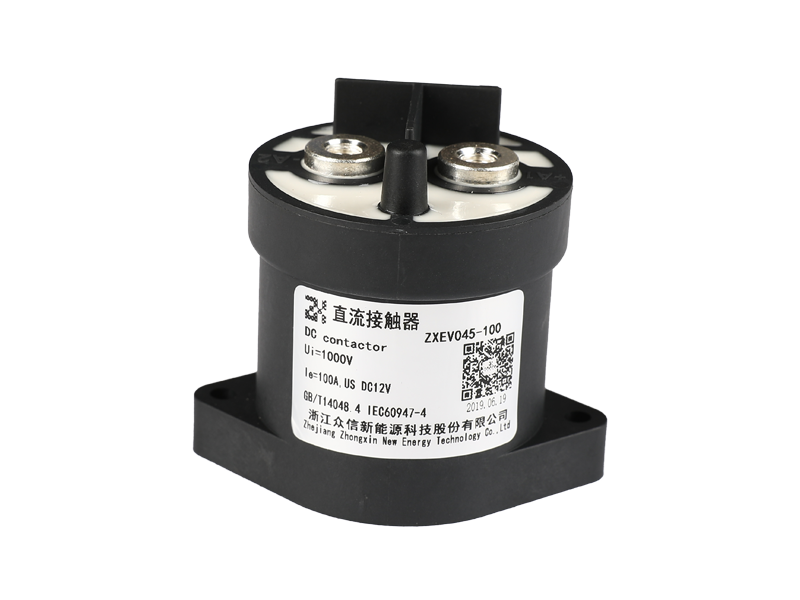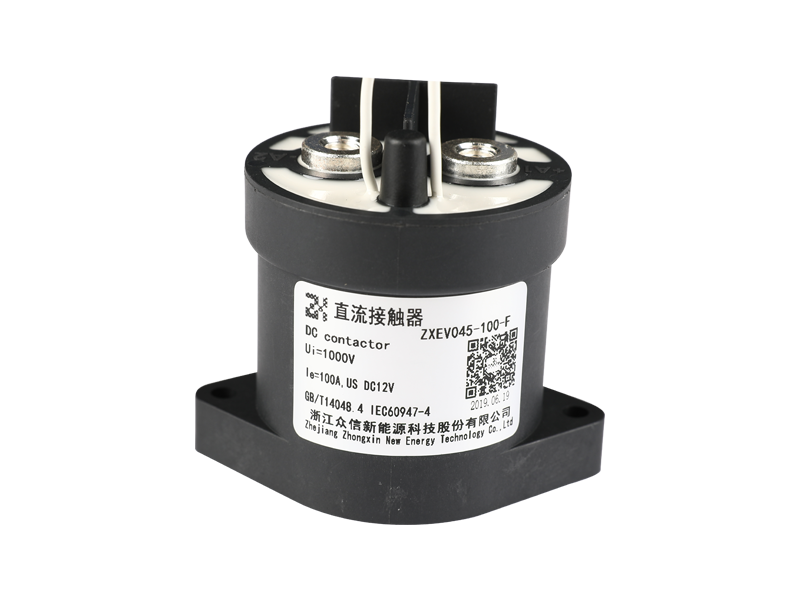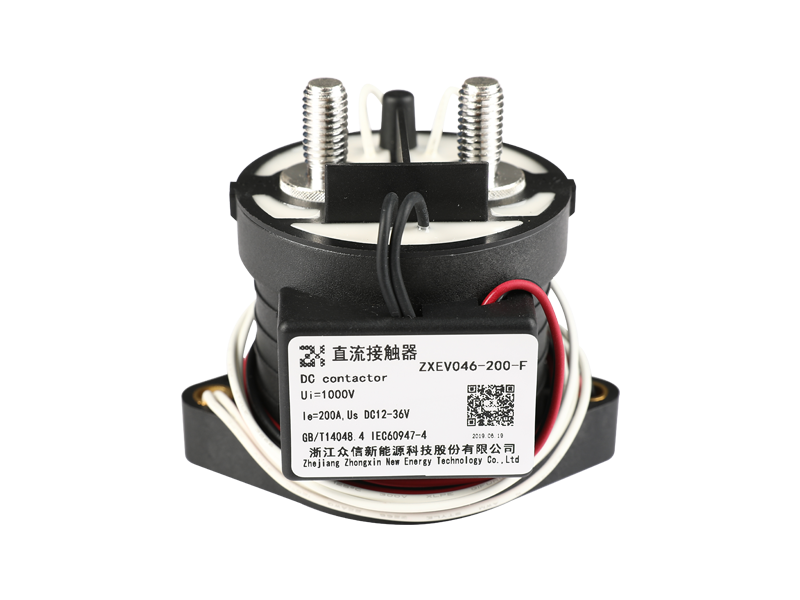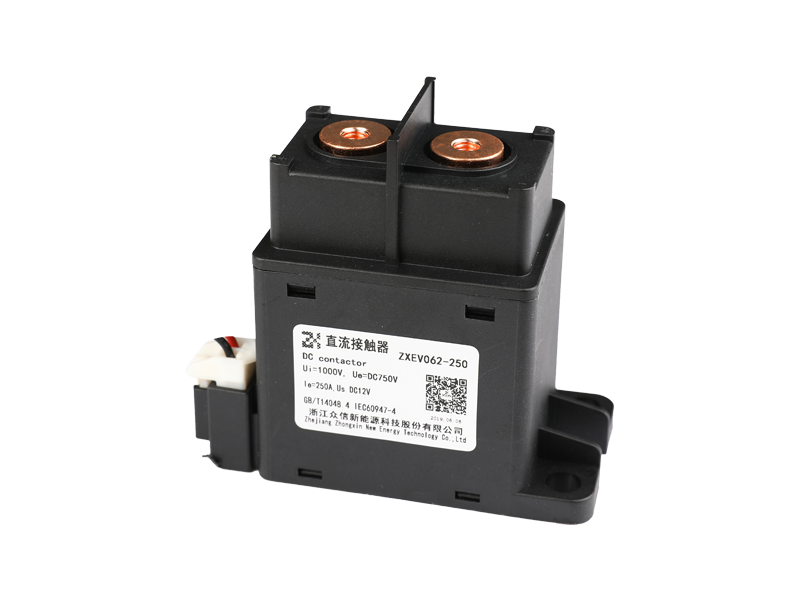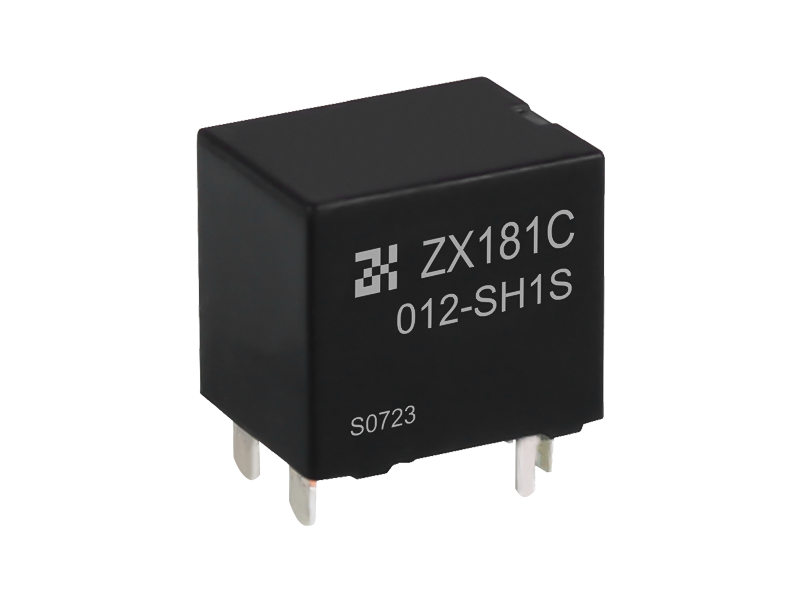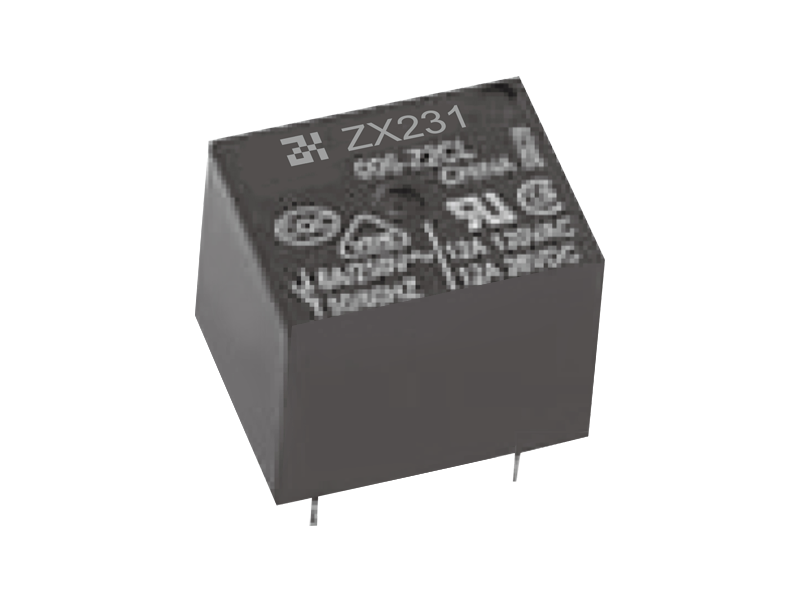In the realm of power distribution and transmission, high voltage direct current (HVDC) systems have gained increasing attention for their ability to transmit electricity efficiently over long distances. To facilitate the efficient operation of HVDC systems, reliable and robust components are essential. Ceramic high voltage direct current contactors have emerged as a cutting-edge solution to meet the demanding requirements of HVDC applications.
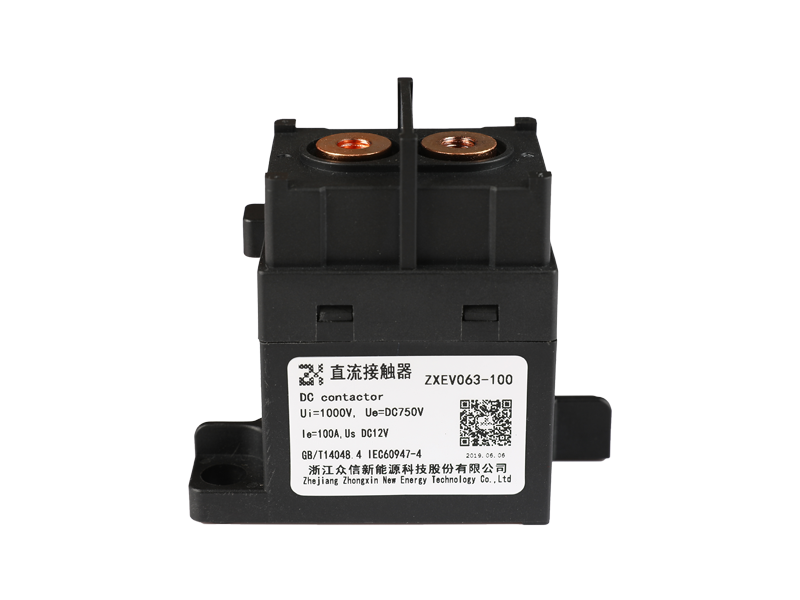
A contactor is an electrical switch that controls the flow of electricity through an electrical circuit. In HVDC systems, contactors play a crucial role in establishing and interrupting the high voltage current flow. Traditional contactors, typically made of metals, are subject to various limitations, including electrical resistance, mechanical wear, and arcing. These limitations become even more critical in HVDC systems due to the higher voltages and currents involved.
Ceramic HVDC contactors represent a significant advancement in contactor technology. These contactors leverage the unique properties of ceramics, such as high electrical insulation, low thermal expansion, and exceptional mechanical strength, to provide a reliable and efficient switching solution for HVDC applications.
Advantages of Ceramic HVDC Contactors
Enhanced Electrical Insulation: Ceramics possess excellent electrical insulation properties, making them highly suitable for HVDC systems. They can withstand high voltages without the risk of electrical breakdown or arcing, ensuring safe and reliable operation.
Low Thermal Expansion: Ceramics exhibit low thermal expansion characteristics, enabling them to maintain dimensional stability under extreme temperature variations. This property ensures consistent contact force and minimizes the risk of contact welding or sticking.
High Mechanical Strength: The exceptional mechanical strength of ceramics allows HVDC contactors to withstand the high operating forces and vibrations associated with switching high voltages and currents. It ensures long-lasting performance and minimizes the need for frequent maintenance or replacement.
Reduced Wear and Arcing: Compared to traditional metal contactors, ceramic contactors experience significantly lower wear and arcing. The ceramic material's inherent hardness and resistance to erosion contribute to prolonged contactor lifespan and improved system reliability.
Compact Design: Ceramic HVDC contactors can be designed with smaller form factors due to their high dielectric strength and insulation properties. This compact design not only saves valuable space but also simplifies the installation process in HVDC systems.
Potential Impact on Power Distribution
The adoption of ceramic HVDC contactors in power distribution and transmission systems can have several positive implications:
Increased Efficiency: The low electrical resistance and enhanced insulation properties of ceramic contactors reduce power losses during transmission. This increased efficiency translates into reduced energy consumption and cost savings.
Enhanced System Reliability: Ceramic HVDC contactors' superior mechanical and electrical characteristics improve the overall reliability of HVDC systems. Their ability to withstand harsh operating conditions and resist wear minimizes the risk of unexpected system failures, leading to improved power availability.
Expanded Transmission Capacity: By enabling more efficient and reliable power transmission, ceramic HVDC contactors can contribute to expanding the capacity of existing transmission infrastructure. This scalability is particularly beneficial for delivering electricity across long distances or to remote areas.
Integration with Renewable Energy Sources: HVDC systems are well-suited for integrating renewable energy sources into the power grid. Ceramic contactors can play a vital role in this integration by ensuring smooth and reliable power flow from diverse renewable sources, such as offshore wind farms or solar power plants.
Ceramic HVDC contactors represent a significant technological advancement in the field of power distribution and transmission.


